LK-99 | Signals From the Frontier | Deep Tech Reads | Deep Tech Deals | Deep Tech Diary

10 AUG 2023
The big deep tech news this month has, of course, been LK-99. In a paper published on arXiv on 22nd July
it was claimed that LK-99, a compound of Copper, Lead, Phosphorus and Oxygen, exhibits both zero electrical resistance and the Meissner effect (both signifiers of potential superconductivity) at ambient pressure and temperatures above 126 oC.
If true, such a material would have enormous technological, economic and social impact as it could improve the performance of practically every electrical device. But, it would also likely hasten the energy transition, enable fusion power, and make quantum computers much simpler.
The currently recognised highest temperature superconducting material was developed by a team from the University of Nevada Las Vegas and University of Rochester in 2020 by using a compound made from Carbon, Sulphur and Hydrogen. They were able to maintain superconductivity up to 14.55 oC but it required crushing the material between two diamonds at a pressure of 267 Gigapascals (over two thousand times larger than the pressure felt at the bottom of the Maraina Trench). At current standard atmospheric pressure, Cuprates hold the record for highest temperature superconductivity with transition temperatures as high as -140 oC.
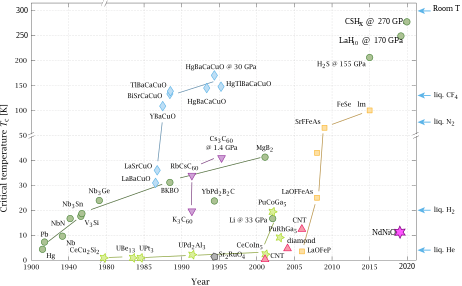
I keep my hopes up, but unfortunately, it increasingly looks like LK-99 is not an ambient temperature superconducto. The story itself is docudrama worthy involving research team in-fighting, the dying wish of an academic, and the serendipitous breaking of a quartz test tube!
It has also been a great case study in tech-hype, decentralized peer-review and social media scrutiny of advanced scientific research. But whatever the final judgement on LK-99 it will hopefully spur more interest in the potential of deep tech and advanced materials research.
In more certain news, congratulations go out to Twig for winning this years UK Business Angels Association award for deep tech investment of the year. The company has develped a platform to create sustainable chemicals from the fermentation of bacteria. The runners up included:
- CheMastery – helping to standardise and automate research and manufacturing within chemical laboratories
- Conigital – automating commercial and industrial fleets in ports, yards and airports
- Fact360 – a cybersecurity startup using unsupervised machine learnng to safeguard communication networks
- Integrated Graphene – who have developed a manufacturing process to produce the world’s highest quality 3D graphene
- MeVitae – a spin-out from the University of Oxford developing a blind applicant tracking system that uses AI to improve decision making and reduce bias in the hiring process
- OSSTEC – developing a orthopaedic implants and focused on the $1.2 Bn knee reconstruction industry. They are a spin-out from Imperial College London
- Silveray – a spin-out from University of Surrey focused on changing X-ray imaging with affordable large area direct conversion printable X-ray detector
Signals From The Frontier
Covering deep tech signals of what a possible future could look like:
- Cruise begins testing self-driving vehicles in Atlanta. Meanwhile in San Francisco…
- Researchers have used AI enabled brain implants to help give a paralysed man feeling and movement again in a process they term “Thought-driven Therapy”.
- ‘World-first’ grid-scale sodium-ion battery project in China launched a 5MW/10MWh demonstration project in Qingdao China. Sodium-Ion batteries could be a safer and cheaper alternative to Lithium-Ion batteries. Meanwhile, the world’s biggest battery storage project, Moss Landing, has now reached the milestone of 3GWh of capacity. The most recent phase III of the project included the installation of 122 individual containers that together held more than 110,000 battery modules.
- The UNHRC debates the implications of brain implants and whether we need a new human right to cognitive liberty.
- Biomimcry of Chameleon’s colour-changing abilities have led to the development of nanoscale 3D printed diffraction grating that can precisely control the path of light. This technology is expected to be used in advanced display applications such as smart windows, heads up displays and AR devices.
- Alef Aeronautics plans to start selling it’‘s fully electric, 110 mile range flying cars in 2025!
- Methanol is catching up with LNG as an alternative marine fuel with 48 new methanol-fueled ships ordered in July as opposed to 14 LNG newbuilds.
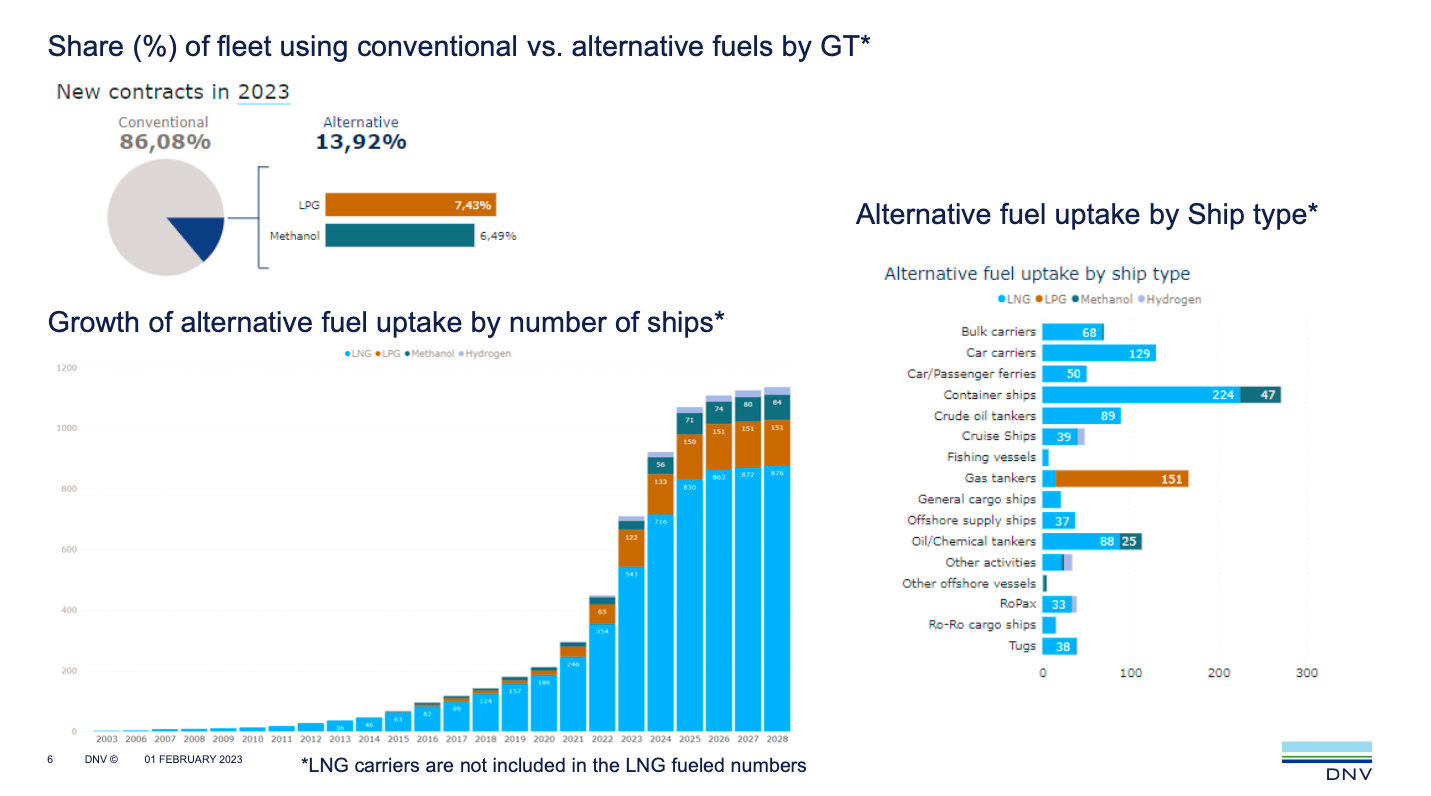
- Livermore National Laboratory scientists have achieved net energy gain in a nuclear fusion reactor for the second time and managed to do it at higher energy yields than back in December 2022. This article provides a deep dive and explains the potential trajectories for the technology from here. Since 1954 the US DoE has invested a cumulative total of $34 Bn (Inflation adjusted) in fusion research, meanwhile, climate change driven extreme wether events cost the US $165 Bn in 2022 alone.
“The science is now here, and has been demonstrated in a repeatable fashion, to bring nuclear fusion technology into our lives during the second half of the 21st century. The only question is whether we’ll continue to be pound-foolish and penny-wise when it comes to developing this technology, or whether we’ll finally embrace cutting-edge science, along with all the good it has the potential to bring to planet Earth.”
- Researchers have modified a commercial VR headset to noninvasively measure brain activity.
- Floating offshore solar power in Indonesia alone could generate 35,000 TWh of solar energy a year (compared to current global electricity production of 30,000 TWh).
- ZeroAvia and Universal Hydrogen claim their hydrogen fuel cell powered plans will be ready to start commercially by 2025. Airtravel currently accounts for about 2% of global CO2 emissions, but fuel-cells have the potential for reducing life-cycle emissions by nearly 90%. However, there is skepticism in the industry that hydrogen will ever be a commercially viable aviation fuel.
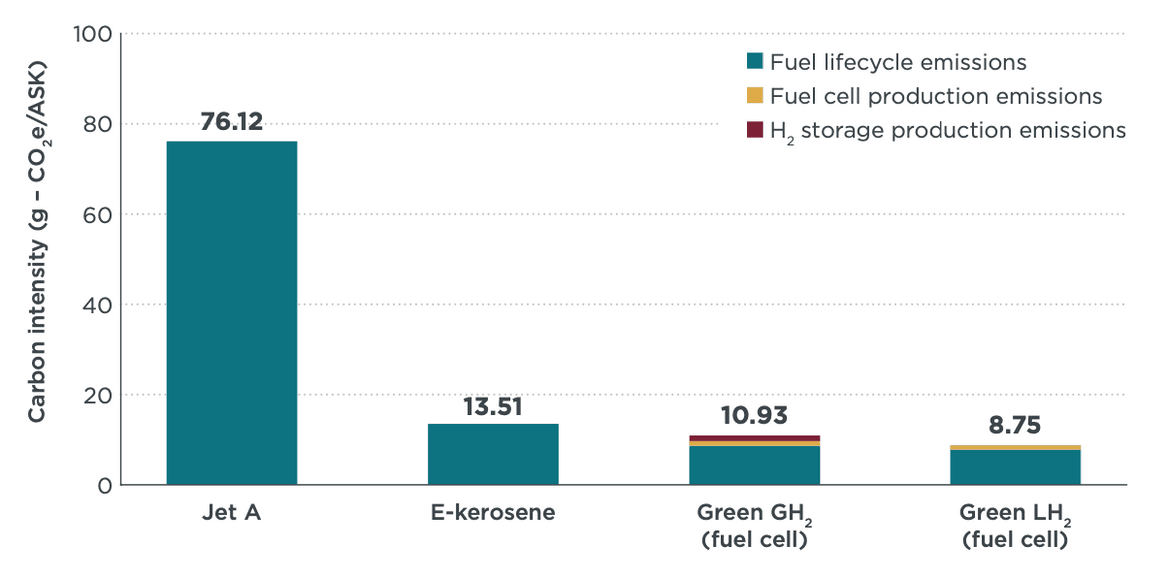
- CISA launches its Cybersecurity Strategic Plan with three key goals to address immediate threats, harden the terrain and drive security at scale.
- REIWA Engine have developed an autonomous and sustainable robotic system for cleaning PV panels without the use of water.
- Researchers at California Polytecnic State University have developed a new method for storing biological materials in a solid state. Currently, most biological materials need to be stored in liquids which are then kept cool or frozen and therefore require complex cold-chain logistics. Solid state storage allows for cheaper and simpler logistics but also opens up the possibility of delivering medications such as insulin orally rather than through injections.
Deep Tech Reads
Articles covering deep technology in more depth:
- What is the quantum internet? The quantum internet holds up the promise of faster and more secure communications and many of the core components are approaching maturity. However, the field is still at a very early stage and we will need to see convergence around technology standards before widescale adoption can be acheived.
- Genomic Sequencing Innovation Critical for Battling Future Pandemics – Will the lessons learnt from the response to the COVID-19 pandemic be implemented?
- As climate records around the world fall is it time to consider geoengineering? This article looks into various approaches whilst this one takes a deep dive into Solar Shields. However, some scientists are concerned that considering geoengineering is a distraction from the urgent task of lowering carbon emissions. Meanwhile, in a case of inadvertant geoengineering, there is increasing evidence that anti-pollution legislation has been having unintended consequences with the reduction in reflection clouds causing much of the recent spike in ocean temperatures.
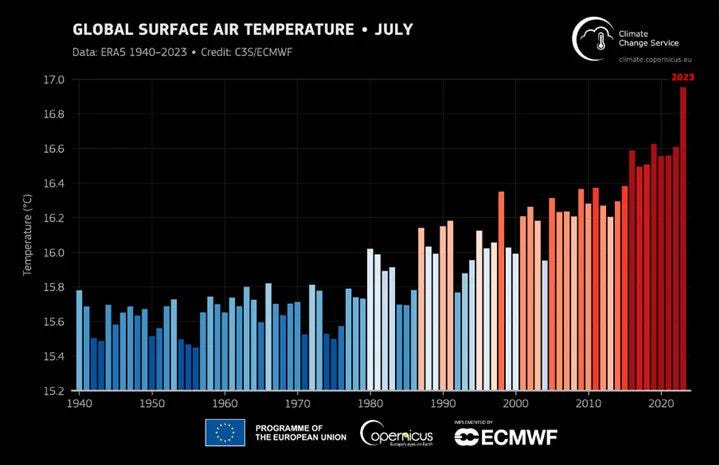
- The Cult of the Dead Cow (cDc) is a legendary hacktivist group who are currently working on a secure decentralized framework (Veilid) that would allow users to use social media and messaging apps without sharing personal data and could form the foundations for a Twitter/X or WhatsApp replacement. Includes a good discussion on federated and decentralized approaches to content moderation towards the end of the video.
- Meanwhile the Electronic Frontier Foundation is celebrating ten years of Let’s Encrypt certification which has undoubtedly made the internet a more secure place with 78% of webpages now being loaded with HTTPS, vs just 27% back in 2013 when Let’s Encrypt was founded.
- Enabling renewable energy with battery energy storage systems – More than $5Bn was invested in BESS in 2022 and McKinsey estimate the BESS market will double to reach between $120Bn to $150Bn by 2030
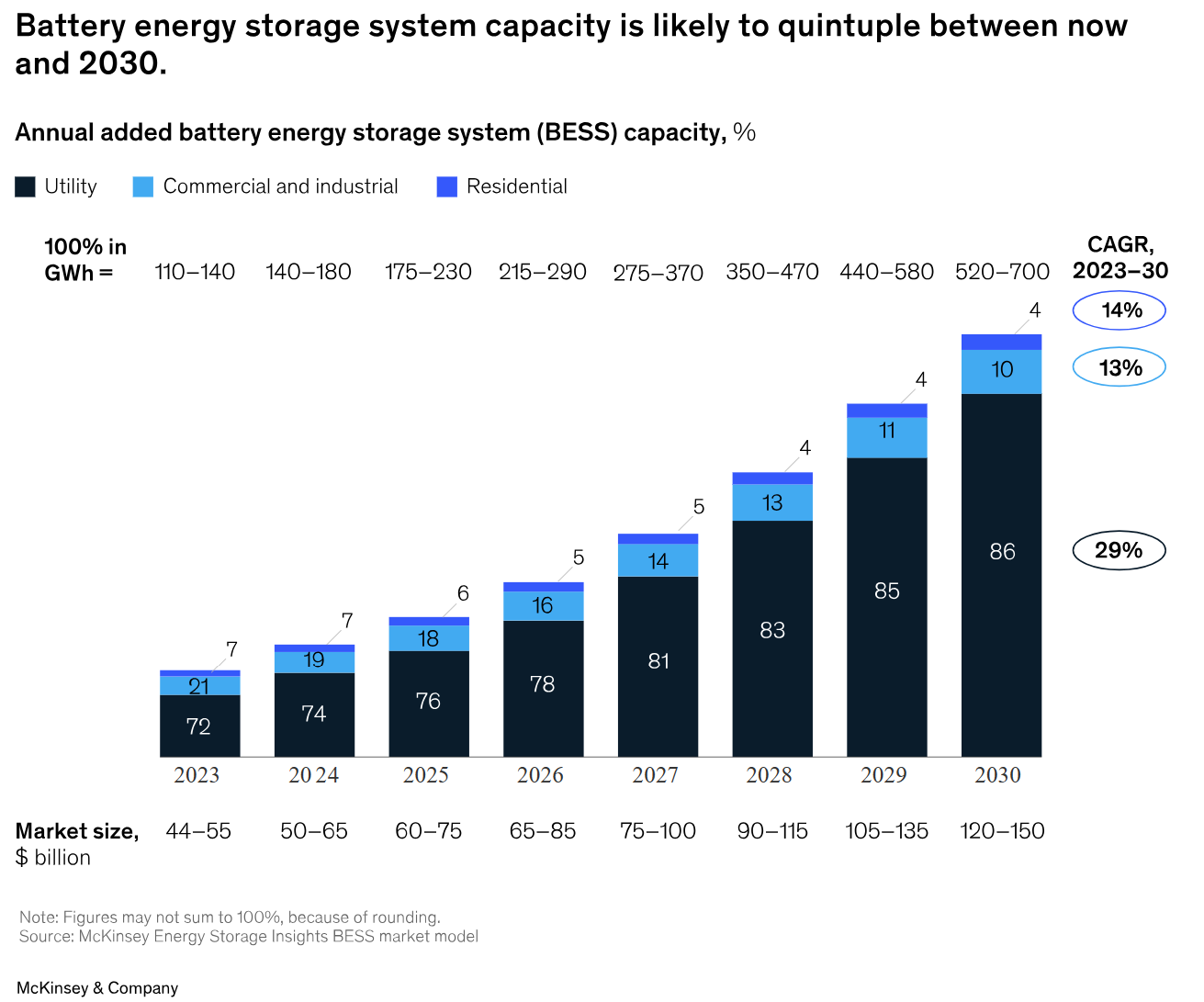
- The Outlook for Desk-Top Quantum Computers – Most quantum computers are reliant on supercooled superconductors to overcome thermal noise that can destroy quantum information. However, photonic and diamond defect quantum computes can operate at room temperature, potentially making them more suitable for consumer use.
- How quantum sensors are revolutionizing robotics – Robots are reliant on a range of sensors to sense themselves and their environment. Quantum sensors can provide very precise and stable measurements and combined with their small size could make robotics a great quantum sensor use case. For more context this article provides a good overview of the weird world of quantum entanglement whilst recent advances in our ability to control the spin density of some materials opens up the possibility of new types of quantum sensors.
Deep Tech Deals
Deep Tech investment deals:
- Neuralink raises $280 million – The Series D round was led by Founders Fund and brings the total raised by neurotechnology startups so far this year to $423M compared to $278.1M raised in all of 2022 and $518.9M raised in 2021. This in spite of animal rights concerns and a potentially lengthy regulatory approval process as laid out by the FDA in 2021.
- KKR is planning to take the German spacetech company OHB private on the back of a surging space industry in a deal that would value OHB at around $1.1Bn. Meanwhile KKR announced that they have invested $33M into Rocket Factory Augsburg to help them conduct first-stage testing of its micro-launcher and complete its launch pad at SaxaVord Spaceport in Scotland.
- pi Ventures closes $85M Deeptech fund with plans to invest in 20-25 startups over the next two to three years.
- Digantara raises $10M in its Series A funding round led by Peak XV partners and with participation from Global Brain, and Campus Fund. This follows a $2.5M seed round led by Kalaari Capital in 2021. The new funds will be used by Digantara to develop its Space Situational Awareness (SSA) satellite constellation.
- Phase Genomics has received $2.5M in grant funding to develop a genomic based diagnostic score for cancer.
- Miyako Capital is amassing a $141M fund to invest in deep tech biology and AI startups in APAC in pursuit of an APAC biotech market growing at a CAGR of 10.9% and estimated to be worth ~$320 Bn by 2025.
- Zibra AI receives $500k from a16z speedrun program for its AI-generated 3D assets for virtual environments bringing the total raised by the company to date to $2.5M.
- Genomika, a Lithuanian biotech startup, has secured $5.5M in investment to develop its DNA-based hard drive technology over the next three years.
- Glasgow University spinout Chemify raises $43M to digitise chemistry for drug development. The funding round was led by Triatomic Capital and includes participation from the UK government’s Innovation Accelerators programme.
Deep Tech Diary
- Registration for Engineers Australia’s flagship Smart Engineering Conference (CSE23) are now open.
- Registration for MedTech Intelligence’s Advanced Manufacturing Conference and Supply Chain Intelligence Summit are now open.SubscribeLeave a comment
Notes
Note there is even some intrigue around the publication with an initial 3-author paper submitted at around 8am UTC with a 2nd 6-author paper being submitted about 2 hours later which was followed up a week later with an updated version.
Guinness World Records for Highest Superconducting Temperature
Evidence of near-ambient superconductivity in a N-doped lutetium hydride
Mounting evidence suggests LK-99 material is not a superconductor
